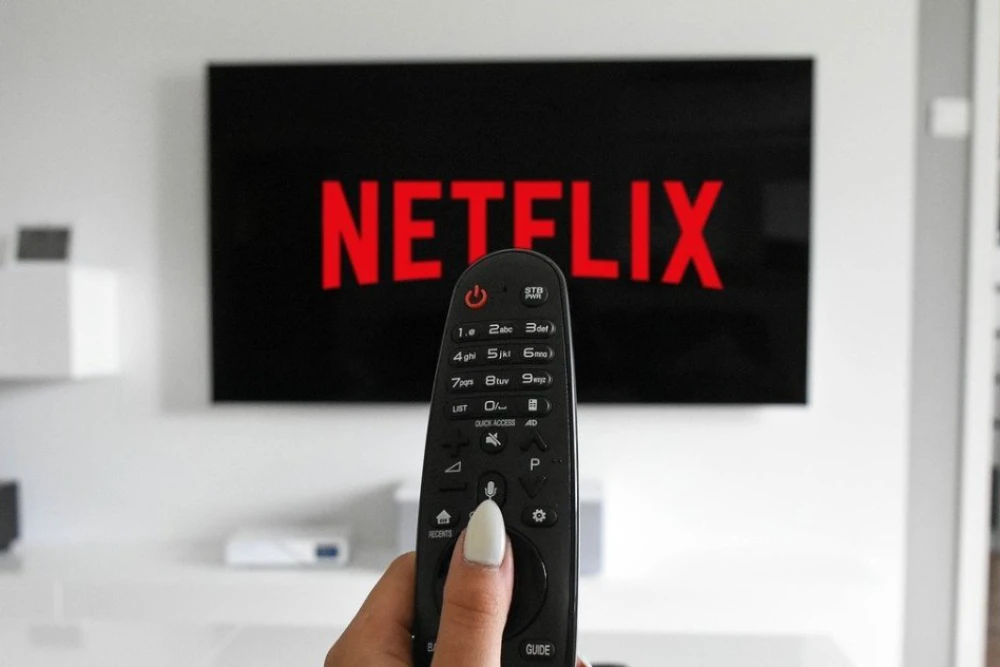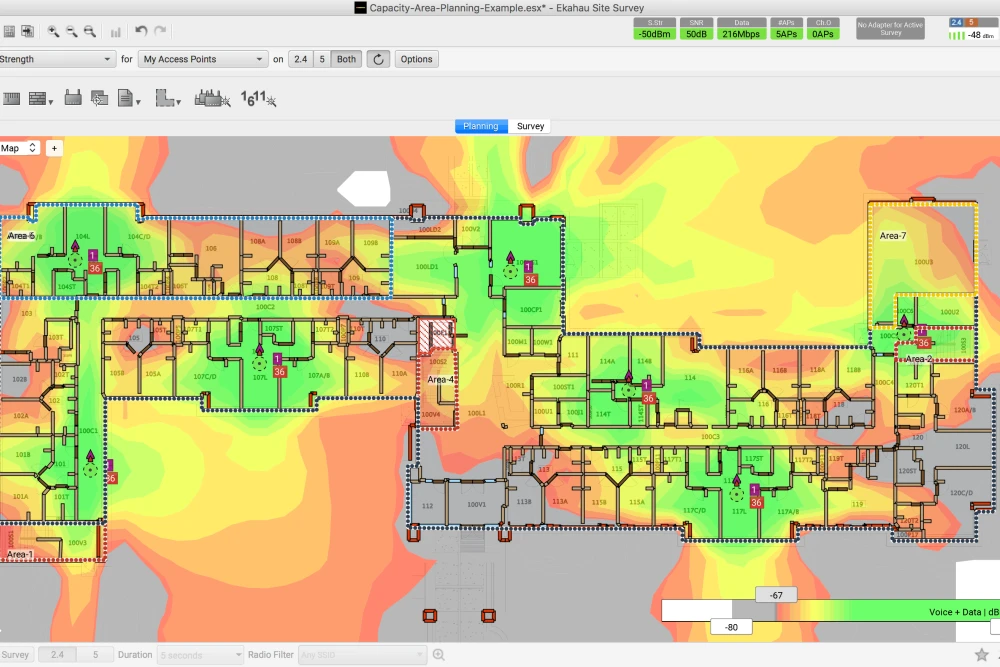Wi-Fi & Network
How to equip your hotel with fast, reliable Wi‑Fi

Assessing your Wi-Fi connectivity needs
Connectivity needs vary from hotel to hotel—that's why a site and needs assessment is essential.
Consider the number of devices typically connected to your network and their combined throughput: smartphones and laptops, of course, but also smart TVs, Chromecasts, CCTV cameras, etc.
Define which zones require coverage (rooms, public areas, staff-only spaces) and the connection density in each. Public spaces like reception or the restaurant often need denser coverage; open spaces need longer reach. Atypical architectures, wall materials, or humidity (indoor pools, spas) also matter.
Fiber, pro fiber, ADSL, VDSL: choosing your internet access
After clarifying your Wi-Fi coverage needs, choose the right internet access to bring connectivity into your hotel.
Multiple ISPs (Orange, Free, Céleste, etc.) offer similar services, but scopes and pricing vary.
Main options:
-
FTTH (consumer fiber): unbeatable price/performance but typically up to 1 Gbps and not guaranteed; support SLAs are limited.
-
FTTO (dedicated/pro fiber): symmetric multi-Gbps with guaranteed minimum throughput and strong SLAs (GTI/GTR). Pricier (often 2–3×) but critical when outages are unacceptable.
-
ADSL/VDSL: for areas without fiber. Uses existing phone lines; inexpensive but low throughput (ADSL down 1–15 Mbps / up 0.5–1 Mbps; VDSL down 15–50 Mbps / up to ~8 Mbps). Generally insufficient for quality hotel Wi-Fi.
Achieving great Wi-Fi everywhere
Once the hotel is “irrigated” with internet, distribute it optimally—like plumbing from the main inlet. Start with solid cabling from router/Wi-Fi box to APs. To know where to pull and exit cables, first run a coverage plan.
To guarantee powerful, stable coverage throughout the hotel, conduct a Wi-Fi coverage study. This produces an AP placement plan so guests benefit from seamless Wi-Fi roaming everywhere. These plans are built with specialized software.
After the study, deploy appropriate cabling from the Wi-Fi box and floor switches to all planned outlets, connect properly configured APs—and you're set.
The survey also helps select the right gear:
- Modern hotels: dual-radio Wi-Fi 6 APs for maximum performance.
- Thick walls / isolated rooms: in-room wall-plate APs.
- High-humidity zones (spas, indoor pools): reduce spacing due to higher signal loss.
- Historic buildings: leverage phone cabling where traditional runs aren't possible.
Free or paid access?
Once your network is live, decide how guests connect.
Paid captive portals were popular in the 2000s, but most guests now expect fast, easy—and above all—free Wi-Fi. In short, “home-like” access.
If you wish to offset part of your investment, a captive portal can help. A captive portal shows a first-connection page to request a free or paid code, or to display advertising—either your own or paid placements. Tools exist to help monetize via ads and/or marketing data collection.
Other key parameters
Security matters: a poorly secured network is a gateway for malware and cybercriminals. UTH offers solutions to secure your network and avoid attacks and ransomware.
Legal obligations apply in France (traceability and data retention, GDPR compliance). UTH Wi-Fi solutions help ensure compliance.
Finally, segment your network into a public “guest” SSID and a private “staff/admin” SSID for devices and systems. Beyond security, this provides a backup path if one network has issues.
MAG.
Wi-Fi & Network
Cybersecurity & Backup
Video Surveillance & Security
Consulting
IT Managed Services
Wi-Fi & Network

Wi-Fi & Network
How to offer Netflix to your hotel guests
Streaming platforms offer broader, more personalized content than traditional TV—letting consumers ...
+
+

Wi-Fi & Network
Wi‑Fi coverage survey: how does it work?
Why run a Wi‑Fi coverage survey? Internet connectivity is now indispensable for both staff and ...
+
+
Your hotel deserves IT excellence
Let's discuss your challenges, whether you're in the hospitality sector or an SME.